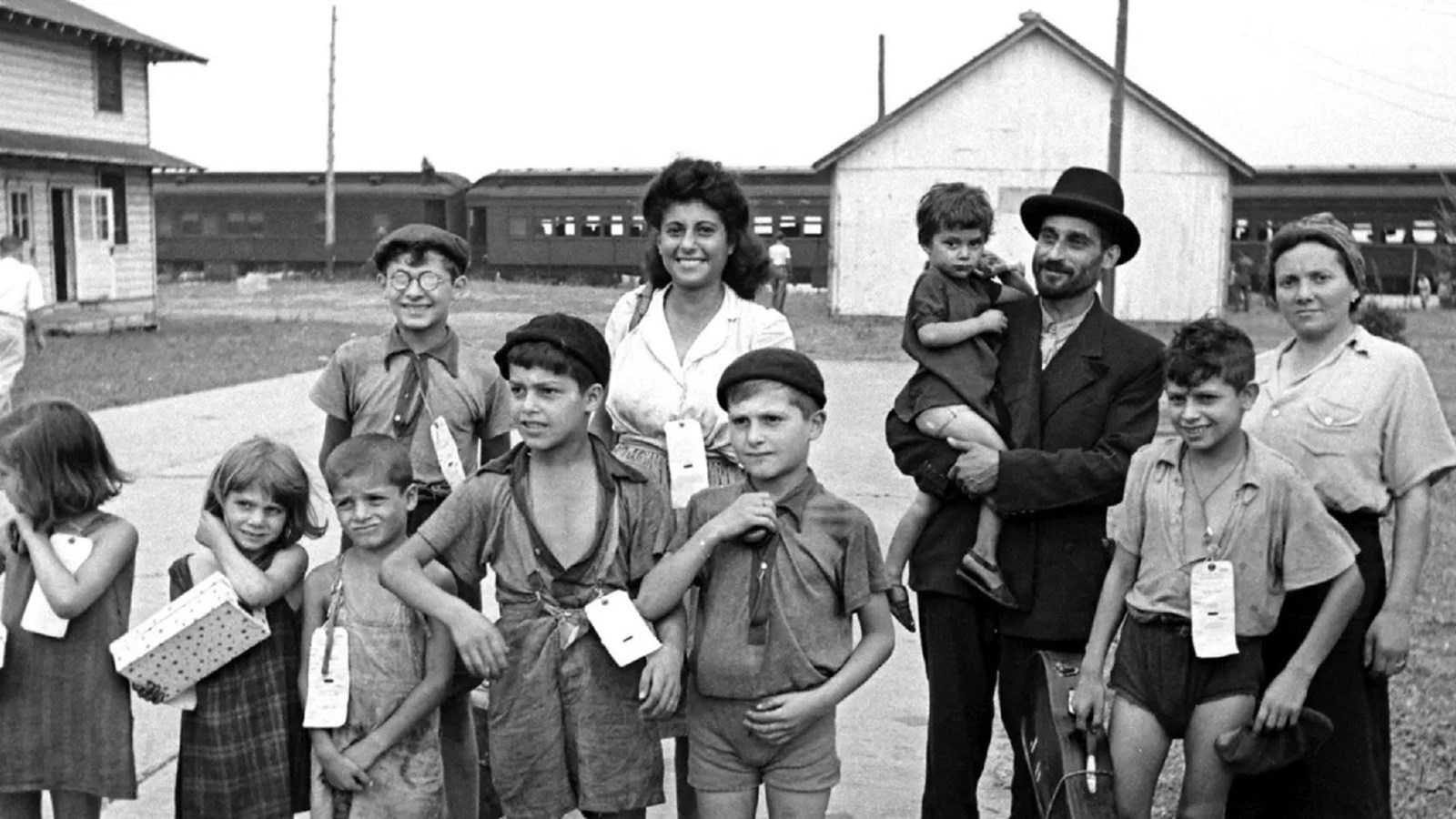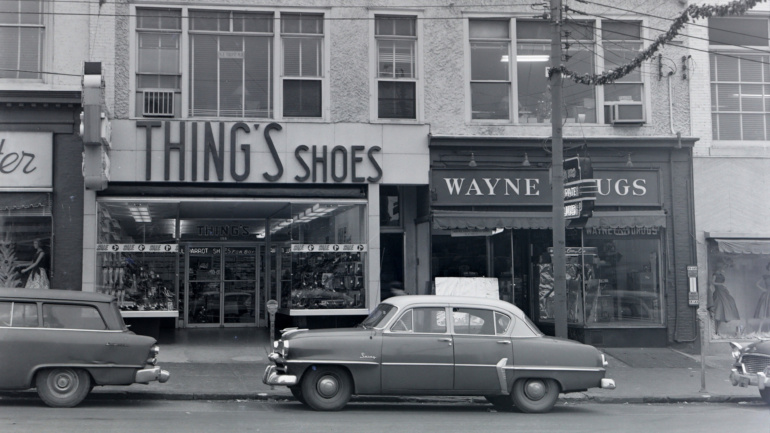Abstract
The Fort Ontario Emergency Refugee Shelter at Fort Ontario was a War Relocation Authority program founded in 1944 with the goal of temporarily sheltering victims of the Holocaust. In August of 1944, 982 refugees were ferried to Fort Ontario where they would be temporarily housed for an indiscriminate amount of time. The refugees stayed at Fort Ontario for a total of 18 months.
Scope and Content
This collection includes almost a full set of the Ontario Chronicle, the weekly shelter newspaper started by the refugees. The refugees also put together a collection of folk tales, titled “Tales from Many Lands” which is highlighted in the collection. Additionally included are letters to and from influential figures including Edwin Waterbury and Joseph Smart, as well as political documents related to the shelter. Five scrapbooks are in the collection. Four are collections of newspaper clippings regarding the refugees, sourced nationally. The last is a scrapbook put together by the SUNY Oswego Social Pathology class of 1944.
Biography/Historical
The Fort Ontario Emergency Refugee Shelter at Fort Ontario was a War Relocation Authority program founded in 1944 with the goal of temporarily sheltering victims of the Holocaust. In August of 1944, 982 refugees were ferried to Fort Ontario where they would be temporarily housed for an indiscriminate amount of time. Prior to the arrival of the refugees, Fort Ontario had been abandoned by the army and stood as an unoccupied military facility.
Upon arriving in Oswego, the refugees were immediately put off by the barbed wire fence surrounding the camp. Although promised freedom from prosecution, the refugees were still not fully free. Internment did not grant the refugees citizenship nor visas, and at first they were not allowed to leave the confines of the shelter. 982 people were left in a state of limbo, unable to continue their lives for the foreseeable future.
The refugees still made the best of their interim living situation. A weekly shelter newspaper was started, the Ontario Chronicle. Artists continued to make art. The youth at the camp were enrolled in local schools for the first time since the beginning of the war, and thousands of visitors poured into the shelter to meet the new residents.
The shelter officially closed in February 1946, nine months after Germany surrendered in May of 1945. The majority of the refugees chose to apply for citizenship and stayed in the United States. Some returned to Europe to track down family or perhaps to return to their old lives.
The exact acquisition information for the majority of this collection is unknown. It is believed that a large portion of the original collection between 1944 and 1946 is from Edwin M. Waterbury’s personal collection. This collection is expected to expand, and OCHS is actively seeking out additions to the collection as new information becomes available.







